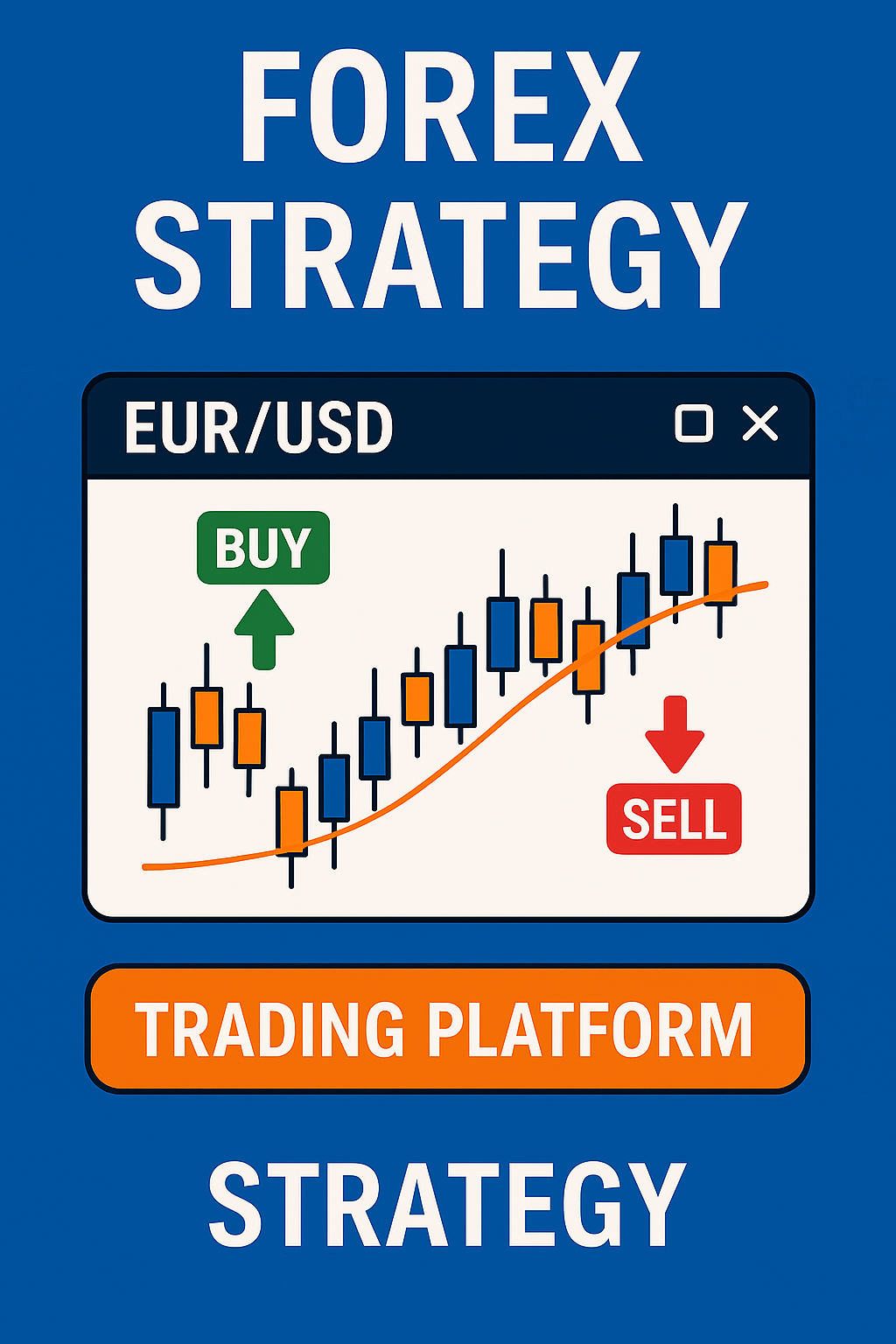Introduction
Forex trading is one of the most dynamic financial markets, offering traders opportunities to profit from currency fluctuations. However, success in forex trading requires a well-defined strategy that incorporates technical analysis, fundamental analysis, risk management, and market psychology.
In this comprehensive guide, we will explore:
✔ How to create a forex trading strategy
✔ Key components of a successful forex strategy
✔ A EUR/USD buy and sell example for informative purposes
✔ External resources to deepen your understanding
For additional insights, check out Quantified Strategies and The Forex Geek for EUR/USD trading strategies.
1. Understanding Forex Trading Strategies
A. What Is a Forex Trading Strategy?
A forex trading strategy is a set of rules that guides traders on when to enter, exit, and manage trades. It helps traders:
✔ Identify profitable opportunities
✔ Minimize risks
✔ Maintain consistency in trading
B. Types of Forex Trading Strategies
✔ Trend-Following Strategies – Trading in the direction of the trend
✔ Breakout Strategies – Entering trades when price breaks key levels
✔ Range Trading Strategies – Buying at support and selling at resistance
✔ Scalping Strategies – Making quick trades for small profits
✔ Swing Trading Strategies – Holding trades for days or weeks
For more details, visit VStar’s EUR/USD trading strategies.
2. Key Components of a Successful Forex Strategy
A. Technical Analysis
✔ Indicators – Moving Averages, MACD, RSI, Bollinger Bands
✔ Chart Patterns – Head & Shoulders, Double Tops, Flags
✔ Support & Resistance Levels – Identifying key price zones
B. Fundamental Analysis
✔ Economic Reports – GDP, Inflation, Employment Data
✔ Central Bank Policies – Interest Rate Decisions
✔ Geopolitical Events – Trade Wars, Elections
C. Risk Management
✔ Position Sizing – Calculating trade size based on risk tolerance
✔ Stop-Loss & Take-Profit Levels – Protecting capital
✔ Risk-Reward Ratio – Ensuring profitable trades
3. Creating a Forex Strategy: Step-by-Step Guide
Step 1: Define Your Trading Goals
✔ Are you looking for short-term gains or long-term investments?
✔ What is your risk tolerance?
Step 2: Choose a Trading Style
✔ Day Trading – Short-term trades within a day
✔ Swing Trading – Holding trades for days or weeks
✔ Position Trading – Long-term investments
Step 3: Select Indicators & Tools
✔ Use Moving Averages for trend identification
✔ Apply MACD & RSI for momentum analysis
✔ Identify support & resistance levels
Step 4: Backtest Your Strategy
✔ Use historical data to test your strategy
✔ Adjust parameters based on performance
Step 5: Implement Risk Management
✔ Set stop-loss & take-profit levels
✔ Maintain a risk-reward ratio of at least 1:2
4. EUR/USD Buy & Sell Example for Informative Purposes
A. Buy Example: EUR/USD Long Trade
✔ Entry: Price breaks above resistance at 1.1000
✔ Indicators: MACD bullish crossover, RSI above 50
✔ Stop-Loss: Below 1.0950
✔ Take-Profit: 1.1100
B. Sell Example: EUR/USD Short Trade
✔ Entry: Price breaks below support at 1.0950
✔ Indicators: MACD bearish crossover, RSI below 50
✔ Stop-Loss: Above 1.1000
✔ Take-Profit: 1.0850
For more trading strategies, visit Quantified Strategies and The Forex Geek.
.
Final Thoughts: Mastering Forex Trading Strategies
Creating a forex trading strategy requires technical analysis, fundamental analysis, risk management, and discipline. By following a structured approach, traders can increase profitability and minimize risks.
Would you like a detailed backtesting guide or advanced trading techniques? Let’s discuss!
For additional resources, check out VStar’s EUR/USD trading strategies.

No responses yet